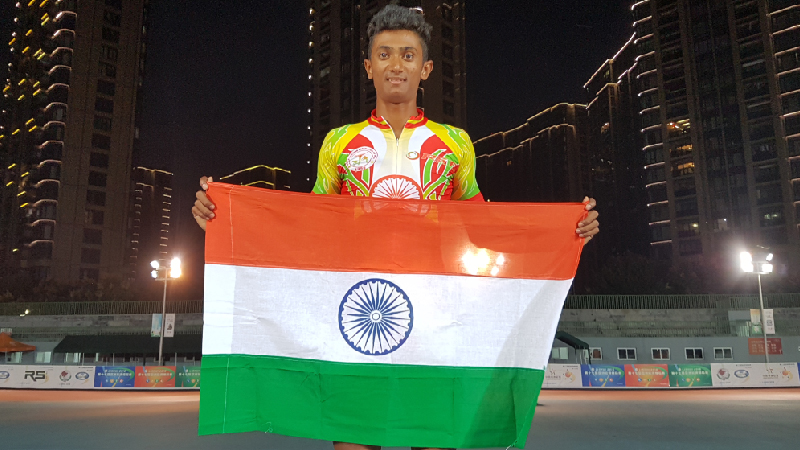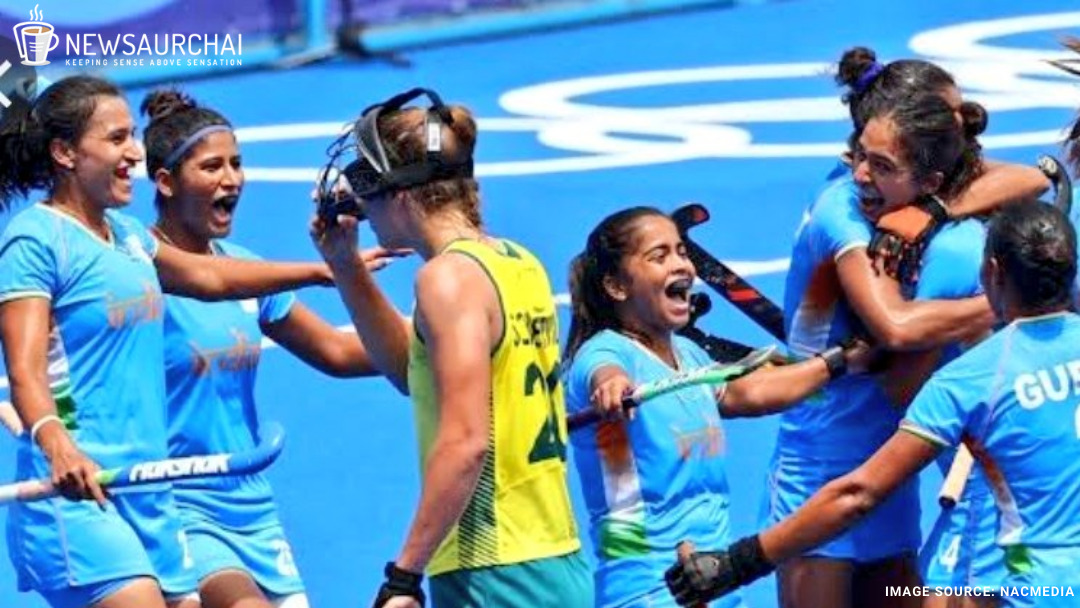Martial arts is – the battle of self defence

“Martial Arts do not have a rigid, framework of moves; every person, who experiments with the combinations of techniques becomes the founder of his style ad his students, his followers,” says Shanmuga Priyan, Judo, summing up the transcendence of martial arts through generations.
Martial Arts in India are the most popular sports that have survived the harsh realities and evolved with time. A popular sport in their originating regions, these were a common source of entertainment and display of valour and bravery in the bygone eras.
Before the advent of Commercial Sports, Martial Arts were the most popular means of displaying ones mental and physical strength. Our ancient scriptures talk about Martial Arts such as Wrestling (Malla-yuddha), Boxing (Musti-yuddha) and tarkāppuk kalai/svarakshaka kala, the art of self-defence.
While the Kings and their descendants were taught all of them as a part of their warfare skill and training, they were a means of entertainment for the common people as well. The scriptures talk about many such tournaments that were held by the rulers inviting the best fighters to compete against one another and prove that they are the mightiest of all.
“Traditional form of Martial Arts has no rules, it is the purest form of display of strength – both physical and mental”, Priyan adds, referring to how they have been modified from fully contact to semi-contact and zero contact games. “Earlier, with traditional games, the injuries and the pain that came along were borne by the people, but now, they injuries and pain infliction are discouraged,” says Karate, Judo and Taekwondo coach Kebiraj.
All the Martial Arts which is recognised as sports have either a semi-contact/zero-contact guidelines and the sport follows a “touch and pull back” method of competing where the tactics of the players are observed, noted and scored accordingly. Special care is given to avoid any contact on the face of the player. “Face contact is avoided as it may harm the personality of the player, which sometimes acts as a discouragement to continue the sport,” comments Priyan on the transition of the games from being fully contact to non-contact and shadow fighting game. “No one would want to continue a sport where the risks of injury in practice itself is very high,” he adds.
While Martial Arts take a complete turn when taking up the face of a sport, traditional methods of teaching, learning and fighting continue to exist. Mostly, the purest form of Martial Arts is diplayed at seminars/demo-displays,” says Coach Kebiraj, who trains players for both sports tournaments as well as self-defence.
“When learnt as a sport, the player focuses solely on competitive tournaments. He/she would not be able to exert strength when put under pressure in real life situations that will require them to use the skills learnt to defend themselves,” he says.
As self-defence, Martial Arts takes up a traditional face, with scheme and styles purely intended to injure the opponent. Many are turning to it as a means of being preventive and as a precautionary measure to protect oneself and other in grave situations.
“Most of those who turn to Martial Arts do so because of the happening of mishaps/incidents they want to overcome,” says Kebiraj, as the number of women and kids who learn Martial Arts are increasing every day. He identifies these incidents to be anything, varying from bullying in schools to work place/public place harassment faced by the individuals that triggers them to be able to defend themselves rather than being helpless.
Vinunithi, a Karate student for about 3 years now says she joined classed to learn to defend herself. “Disheartening news’ where women are the victims scares me and I wanted to learn to be able to stand up not just for myself but for any other person in times of distress,’ she says. Her parents, concerned for her safety enrolled her in one of the classes where she learnt the to defend herself.
Learning Martial Arts to defend oneself is far tougher than taking it up for a sport, according to the coach Kebiraj. “The students should be able to expert both physical strength and presence of mind to defend themselves in a real life crisis,” he says. “They are taught to throw knockout punches and adopt strategies that will get them out of the situation safely and quickly,” he says about the change of style he has to adopt while teaching the art to someone who needs to defend oneself.
The Shift / Change
With the Martial Art evolving every day by even a small change in style by one person is an art at the end of the day so, a person who is trained in Martial Arts shows the best ways to put it to use. “When one learns something traditionally, then they will retain it forever,” says Kebiraj, on how trainees can adopt and adapt different styles to suit their requirements.
“It is difficult for a person who is conditioned to compete in Judo, Karate or Taekwondo as a non-contact sport to be able to play a traditional game, but, it is not impossible,” says Priyan who has mastered Karate and Judo. They would be aware of all the kicks and punches but will only lack in exertion of force when it comes to attacking the opponent,” he adds.
Similarly, people who have learnt it as defensive art would find it a little difficult to strategically exercise their moves, but, with it predominantly being an art, there is always room for experimentation, learning and development.
Since time immemorial, martial arts have always been enjoyed as a sport in this country but sadly, the government support and infrastructure for the same remains inadequate to foster the growth of the sport. At the same time, there is little recognition given to these sports and s is the preference in the Olympic contingent. “There is a continental quota that permits only one representative for the entire country and that was given to a 90kg Judo player by the Judo Federation of India to represent the country in the Olympics,” Priyan says.
Even at the grassroots, there isn’t sufficient infrastructure available for the students to receive good training. “There sure are many schemes and funds sanctioned for the same, but, none of the funds reach the candidate they are designated to,” he adds. The lack of funds to go to higher levels leads to many quitting the game after reaching a district or state level. “To compete in international games, one needs to have proper equipment to train with, which is lacking in our country,” Kebiraj says talking about the sorry state of existing practice mats in various state run training centres.
Even if a player is identified and adopted by the government to be sponsored, it is done so only till he or she is in the sports hostel which is upt0 16 years of age, there is no follow up on the other players after they leave the hostel, there by many quality players are lost.
“India is among a handful of countries where the government has a say and intereference in sports, if that changes, and the benefits of the numerous government schemes reach the players directly and on time, sports in India especially martial arts will scale to reach great heights,” voiced out Kebiraj on the changes he expects in the country’s sports arena.





